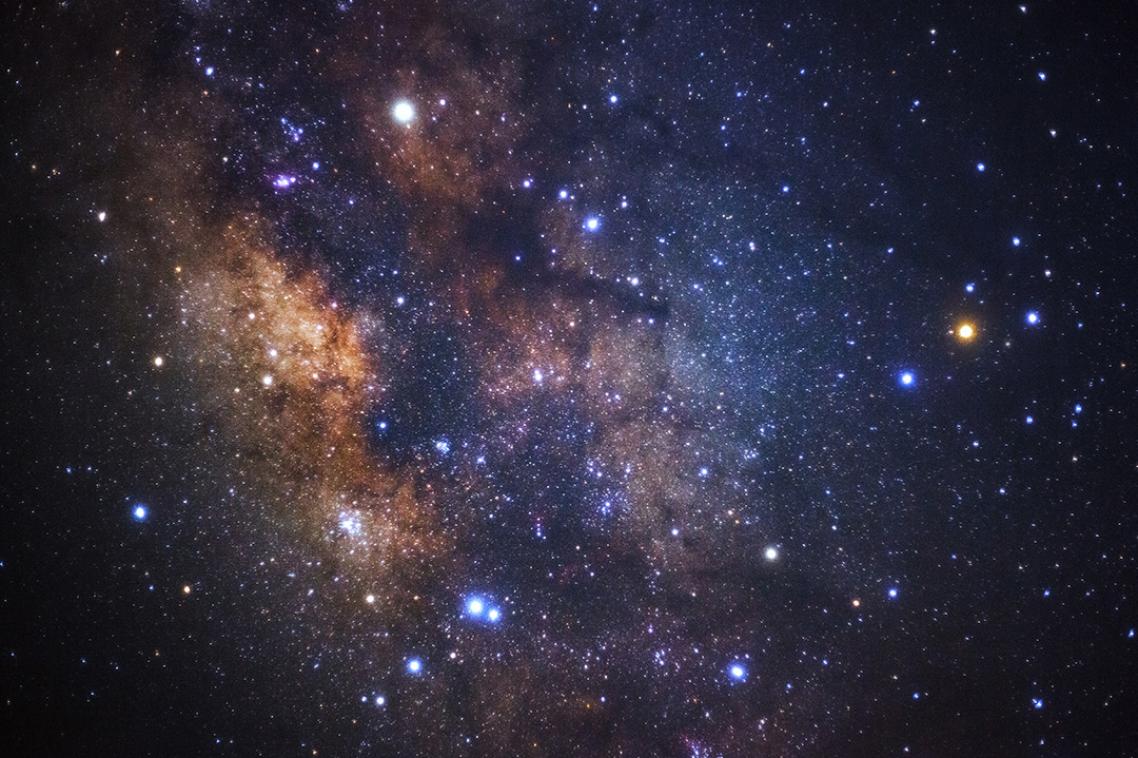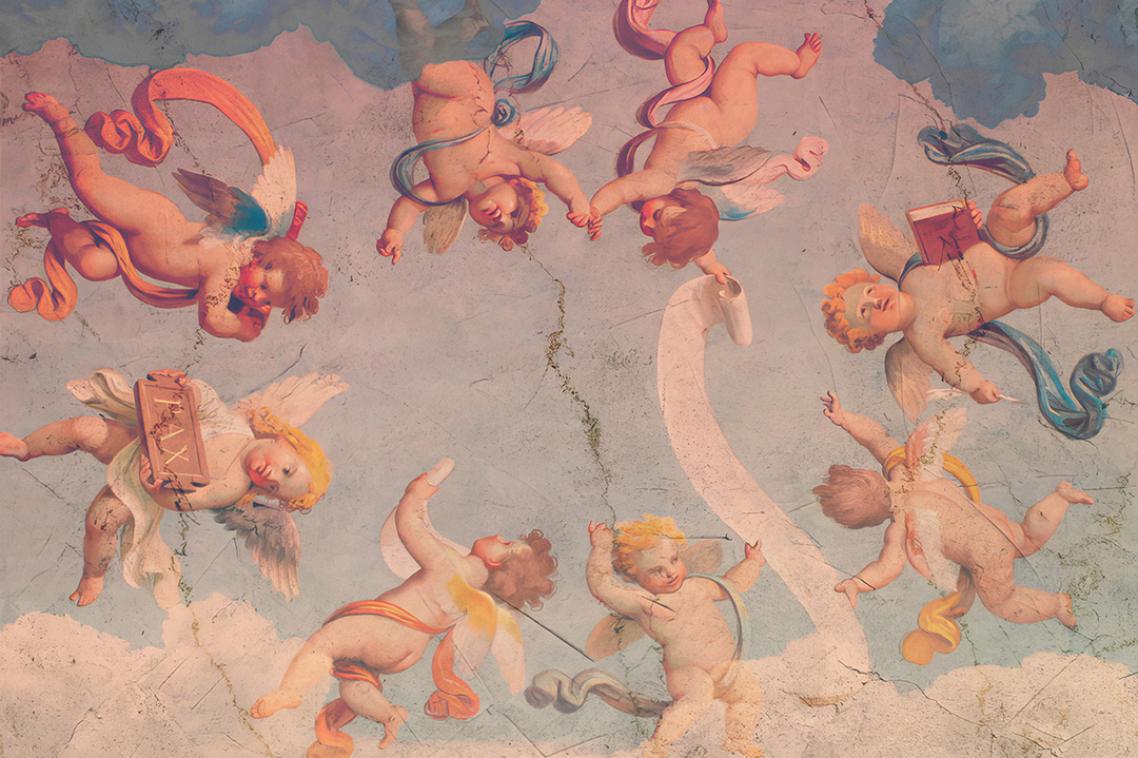Antarctic’s signature dish under threat
Scientists have begun work to help explain the population decline of the Southern Ocean’s most important species — Antarctic krill.
The small shrimp-like creatures underpin the Antarctic marine world as the staple diet for predators from penguins to whales.
Antarctic krill are found in great abundance throughout the Southern Ocean but their numbers have decreased by up to 70 percent since the 1970s.
Environmental toxicologist Dr Susan Bengtson Nash from the National Research Centre of Environmental Toxicology (EnTox), part of The University of Queensland’s Faculty of Health Sciences, wants to find out why.
Dr Bengtson Nash has gone to the Norwegian Institute of Air Research to examine 10 kilograms of Antarctic krill to see if they’ve absorbed man-made pollutants.
She is testing for a variety of persistent organic pollutants (POPs) which are harmful chemicals that resist degradation and accumulate in the environment and in organisms.
"I’m looking at krill as the keystone species in Antarctic food webs," Dr Bengtson Nash said.
"Most larger species feed either opportunistically or solely on the krill swarms that form during summer months.
"If you remove that species then you’ll also remove a lot of other species."
Once Dr Bengtson Nash identifies what chemicals are accumulating in the krill, she will conduct toxicity tests with live krill at the Australian Antarctica Division in Hobart.
She said many POPs were moving towards colder and colder climates such as the Earth’s poles.
"Polar environments essentially act as sinks for these chemicals," Dr Bengtson Nash said.
"The Artic has proportionally higher concentrations of POPs than the Antarctic because historically these chemicals were primarily produced in the northern hemisphere."
Dr Bengtson Nash is four months into her three-year Australian Research Council Discovery project.
MEDIA: Dr Bengtson Nash (s.nash@uq.edu.au) or Miguel Holland at UQ Communications (07 3365 2619) Norway is 8 hours behind Brisbane.
Related articles

Revealing how matter affects the evolution of the universe

Not quite angels: why we should stop calling these small winged children ‘cherubs’
Media contact
UQ Communications
communications@uq.edu.au
+61 429 056 139
